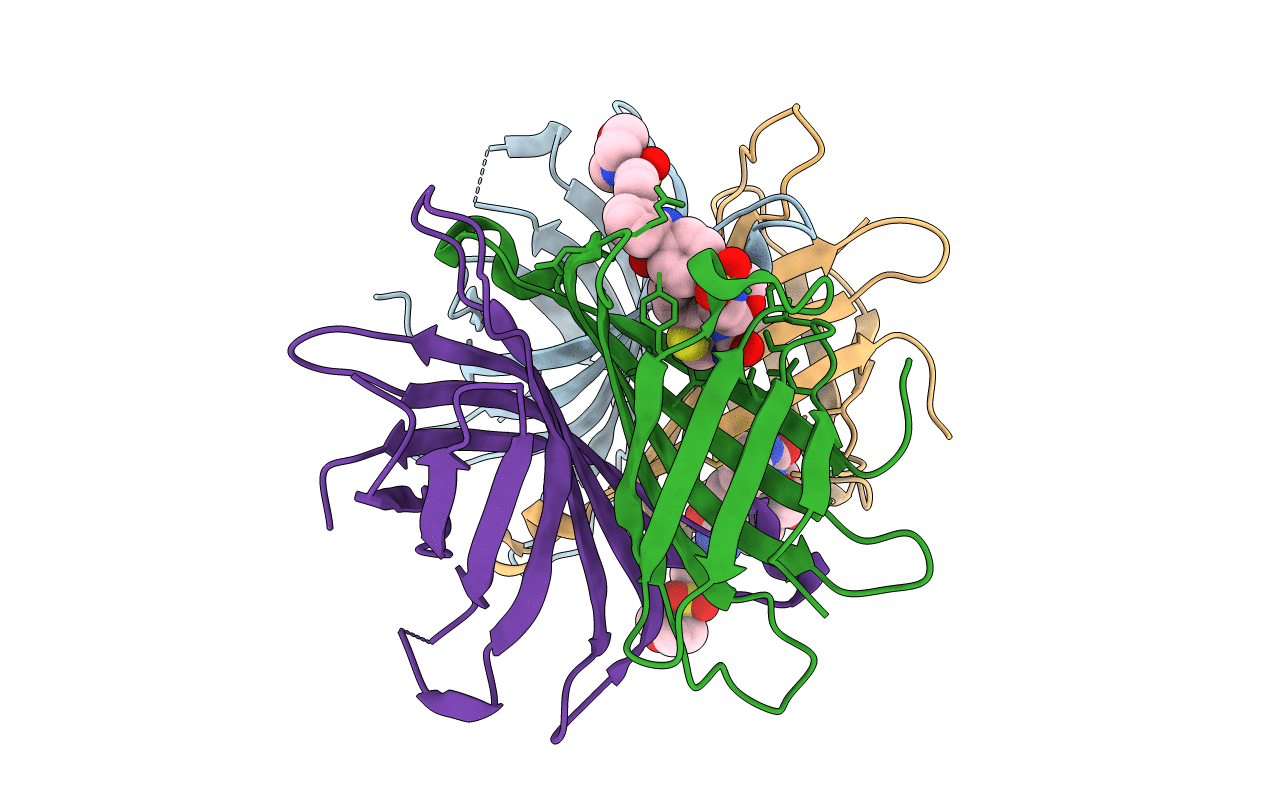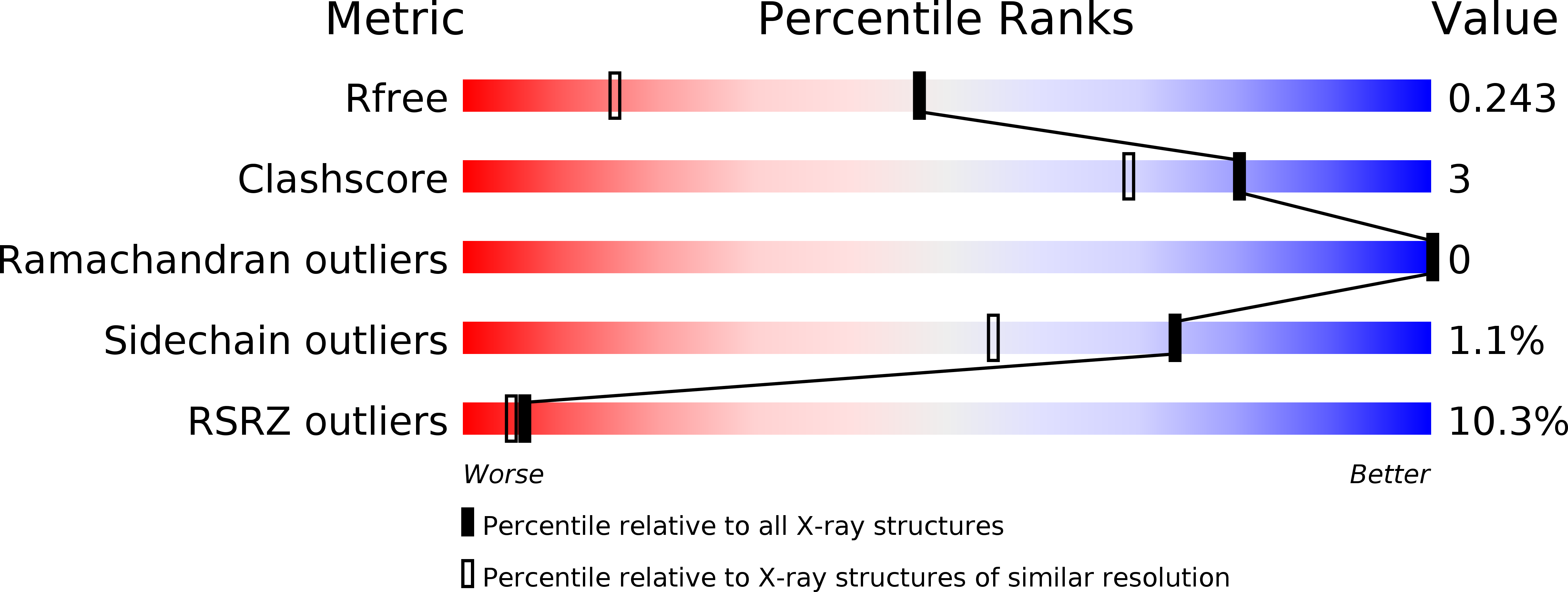
Deposition Date
2014-02-06
Release Date
2014-08-06
Last Version Date
2023-12-20
Entry Detail
PDB ID:
4CPH
Keywords:
Title:
trans-divalent streptavidin with love-hate ligand 4
Biological Source:
Source Organism:
STREPTOMYCES AVIDINII (Taxon ID: 1895)
Host Organism:
Method Details:
Experimental Method:
Resolution:
1.64 Å
R-Value Free:
0.23
R-Value Work:
0.20
R-Value Observed:
0.20
Space Group:
C 1 2 1


